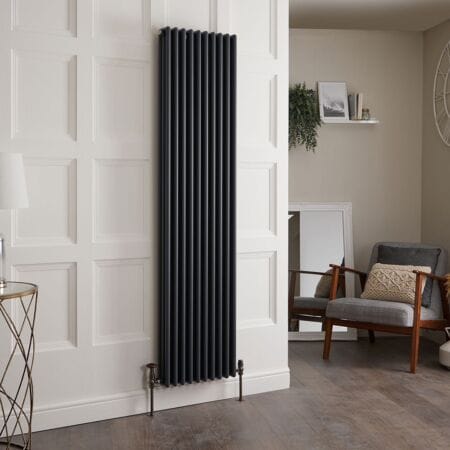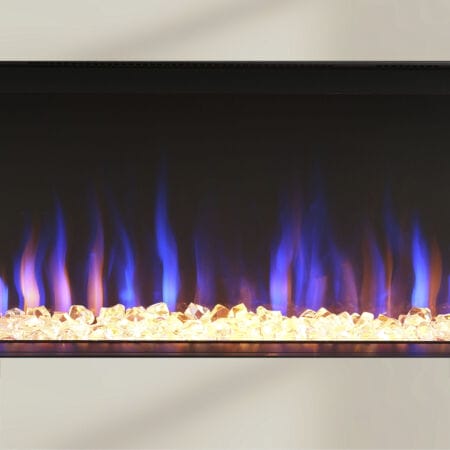Table of Contents
What we'll cover...
What radiator sludge is, how it is formed, and the steps you can take to stop radiator sludge from forming in radiators and becoming an issue for your heating system. Also, how to remove sludge from a radiator if it does manage to build up.
What is radiator sludge?
In technical terms, radiator sludge is a thick, sludgy mixture of rust, dirt, magnetite (a corrosion by-product), limescale, and other debris that can congregate in your central heating system over time. Put simply? It’s the gunky mess that turns your trendy designer radiator from a heat-blasting champion into a lukewarm disappointment.
And yes, it’s very common. Particularly so in older systems or homes where regular maintenance has been given about as much attention as that unopened bottle of descaler in the cupboard.
How is radiator sludge formed?
Radiator sludge forms due to a classic combination of water, metal, and oxygen – the central heating equivalent of the unholy trinity.
Here’s the breakdown:
- Water in your central heating system can react with the steel and iron components (radiators, pipework, boiler internals).
- This causes oxidation, which in turn leads to rusting.
- That rust, in cohesion with other particles such as limescale from hard water areas, starts to circulate through the system.
- Eventually, it will settle in low points – typically at the bottom of radiators and in tight bends of heating pipework.
- Over time, this build-up thickens into radiator sludge, in turn slowing or fully halting the flow of water, creating cold spots, and causing general heating havoc.
What can radiator sludge lead to?
Before you begin, gather the following tools. You don’t need to kit out like a heating engineer, but these essentials will make the job simple and quick:
Left unchecked, radiator sludge can have a serious effect on the performance and durability of your entire heating system:
- Boiler breakdowns, especially if the sludge travels to the pump or heat exchanger
- Blocked TRVs (thermostatic radiator valves), causing uneven room temperature.
- Shortened lifespan of your radiators or alternate components such as heated towel rails
If you’re bleeding a radiator and the water runs black, that’s an obvious indicator of a sludgy situation, but other symptoms can include:
- Cold spots in radiators, especially at the foot of a radiator where sludge tends to settle
- Longer heat-up times, particularly in affected rooms
- Higher energy bills (as your boiler works harder to transport water around a blocked system)
- Strange noises, including gurgling, kettling and banging – often emerging from the boiler or pipework
How to remove radiator sludge from your heating system
Now for the messy bit, quite literally.
If you’ve already got sludge in your system, don’t panic. There are ways to remove it. Some of which you can take on yourself, and some that require a qualified heating engineer with specialist kit.
This is often enough to solve localised problems, and you can follow our more detailed step-by-step guide to flushing a radiator here.
Step 1:
Switch off your heating and isolate the radiator valves
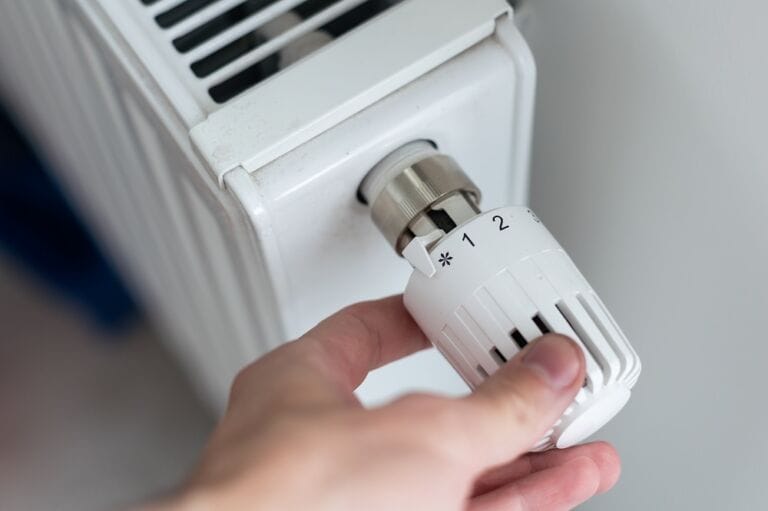
Step 2:
Drain the radiator and remove it from the wall
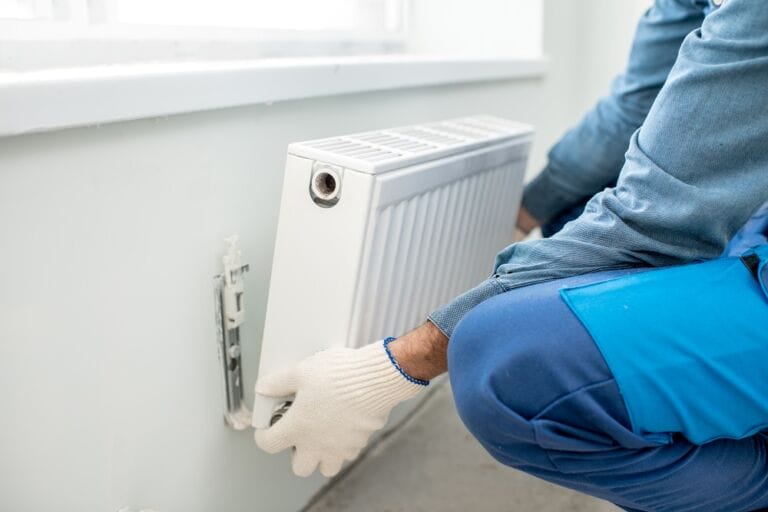
Step 3:
Take it outside (unless you want to transform your home into an indoor splash park)

Step 4:
Run clean water through the radiator until the water flow runs clear
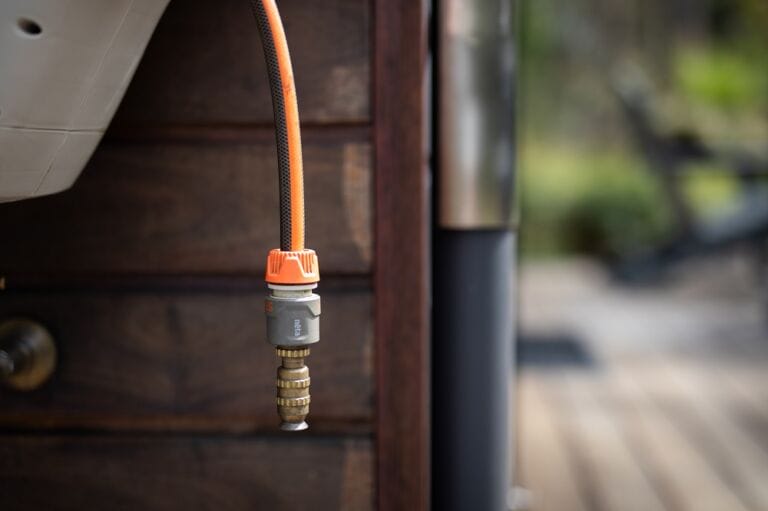
Power flushing (Professional only)
If multiple radiators are affected, or you’re hearing banging and clanking from your boiler, or any strange radiator noises, then it’s time to bring in the big guns: a professional power flush.
A power flush requires high-pressure equipment to pump water and cleaning chemicals through your whole heating system to eradicate rust, debris, and sludge.
This is a serious job that necessitates the services of a qualified heating engineer, but it can:
- Restore radiator performance
- Improve boiler efficiency
- Extend the lifespan of your heating system
- Help to prepare your system if you’re fitting a new boiler or designer radiator
If you’ve bled your radiator and it’s still cold, or if multiple radiators are affected at once, the airlock could be deeper issue within the system; perhaps infiltrating such your pipework or pump. Signs you might require professional assistance include:
When to call a professional to remove radiator sludge
You may be able to tackle minor sludge on your own, but it’s best to bring in a professional if:
- Multiple radiators are showing signs of blockage or cold spots
- Your boiler is making unusual noises, especially during startup
- You’ve already flushed a radiator but the problem is persisting
- You’re having a new boiler or designer radiator installed
- The system is slow to heat even after bleeding all radiators in the system
A qualified heating engineer can test for sludge, recommend whether a chemical or power flush is needed, and get your system back up and running like new.
Like fending off a hangover, preventing sludge building up before it even starts is always preferable.
Here’s how to avoid sludge accumulating in the first place:
1. Use central heating inhibitor
A central heating inhibitor is a chemical additive that helps to slow corrosion inside your heating system. It’s affordable, simple to add (usually via a radiator bleed valve), and a no-brainer if you’re already planning to flush the system.
2. Install a magnetic filter
A magnetic filter is a small device that is fitted near your boiler, and traps rust particles before they’re allowed to circulate and settle. It’s especially useful in older systems or homes in hard water areas.
3. Bleed your radiators regularly
Bleeding radiators removes trapped air helps to prevent stagnation and uneven flow – both of which encourage the formation of sludge and other debris build-up.
4. Balance your system
If your radiators heat up at an uneven gallop – some fast, others slow – it could indicate that your heating system is unbalanced, leading to low-flow areas where sludge is free to settle more easily.
5. Have your system flushed every 5-7 years
Even with good prevention measures in place, some sludge build-up is inevitable. Performing a professional system flush every few years will keep things flowing freely and extend the lifespan of your boiler and radiators.

Don't let sludge sink your system
Sludge in your heating system isn’t just unsightly and inconvenient. It can also be costly, inefficient, and quietly cause damage for years if left untreated. Whether you’re noticing telltale signs like cold spots and black radiator water or just want to futureproof your heating system, dealing with radiator sludge is critical for keeping your heating system healthy.
Thankfully, BestHeating are on hand to offer a wealth of practical how-to guides, in addition to a vast array of stylish new radiators for when it is time to replace your old system.
Let us know about your radiator sludge redemption stories or your flash radiator upgrades in the comments below, or by reaching out to us via Instagram, Facebook or X.
John is a Research Specialist for the Best Heating Advice Centre, where for over nine years he has dedicated himself to demystifying home heating for our customers. He specialises in creating clear, data-driven guides and how-to articles by collaborating directly with our team of certified heating experts and product engineers.
His work, built on a foundation of journalistic research, has helped millions of readers make confident and informed decisions about their home heating. When he’s not breaking down the heat output differentials from radiators to heated towel rails, John fancies himself as a fine football and music connoisseur.





